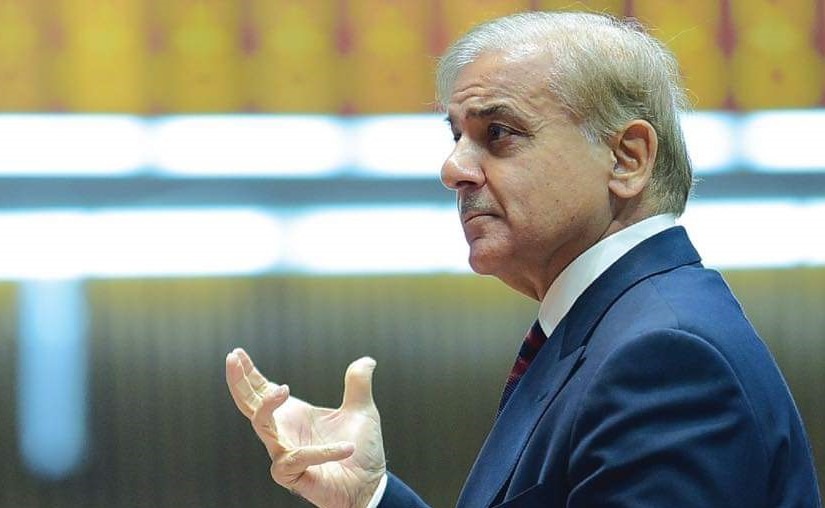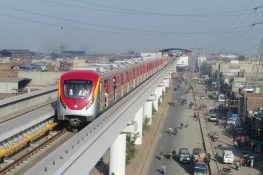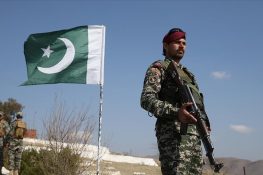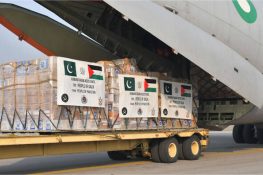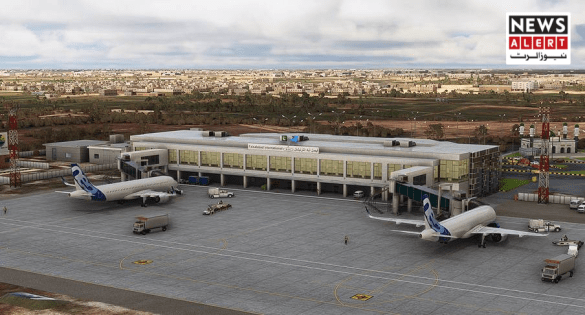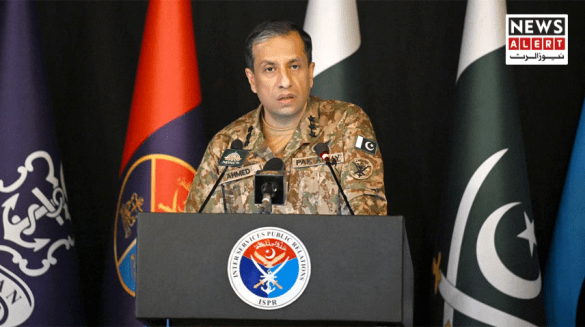Islamabad — Efforts Underway to Calm Growing Provincial Strain
Prime Minister Shehbaz Sharif has called a meeting of senior leaders of the Pakistan Muslim League-Nawaz (PML-N) to discuss the escalating political tensions between Sindh and Punjab. The move comes amid deepening disagreements between the two provinces, particularly over the mechanism for distributing aid to flood victims.
According to government sources, the meeting will address not only the Sindh–Punjab political friction but also the recent walkout by the Pakistan Peoples Party (PPP) during the National Assembly session. Party leaders are expected to brief the prime minister in detail about the PPP’s reservations, paving the way for a strategy to restore cooperation between the coalition partners.
Background: Political Friction Between Two Key Provinces
Relations between Sindh and Punjab—Pakistan’s two most populous provinces—have often mirrored broader political divisions at the national level. The latest dispute erupted over the distribution of flood relief funds, which both sides claim should be managed differently.
The PPP-led Sindh government insists that the aid should be channelled through the Benazir Income Support Programme (BISP), a federal welfare initiative known for its extensive outreach. However, the Punjab government has rejected this proposal, arguing that the process lacks transparency and provincial oversight.
This disagreement has resulted in a series of public statements and press conferences by ministers from both provinces, further fuelling political polarization.
Zardari–Naqvi Meeting Signals Federal Concern
A day before the prime minister’s meeting, Federal Interior Minister Mohsin Naqvi held a crucial discussion with President Asif Ali Zardari in Islamabad. The two leaders reportedly focused on easing tensions and ensuring effective coordination between the provinces.
President Zardari urged the interior minister to play an “active and constructive role” in diffusing the situation. Sources close to the presidency said the president emphasized the importance of unity among federal and provincial institutions at a time when Pakistan continues to recover from the devastating floods of recent years.
Flood Relief Dispute at the Core of the Conflict
The Sindh government maintains that using BISP ensures that funds reach vulnerable families directly, given its established digital database of low-income households. The programme, launched in 2008, supports millions of families across Pakistan and has often been praised by international donors for its transparency.
Punjab officials, however, argue that BISP is politically linked to the PPP and that distributing aid through it would give undue political advantage to the Sindh-based party. They prefer that relief operations be handled by provincial mechanisms to ensure “impartial and effective” delivery.
Analysts note that this tug-of-war reflects deeper political rivalry between the PML-N, which governs Punjab, and the PPP, which holds power in Sindh. The dispute, they warn, risks undermining national solidarity at a time when inter-provincial cooperation is crucial for post-disaster recovery and economic stability.
Prime Minister Seeks Harmony Among Coalition Partners
Prime Minister Shehbaz Sharif’s decision to summon senior party figures signals growing concern within the ruling coalition about the potential fallout from the ongoing feud.
According to insiders, the meeting will include key cabinet members, provincial representatives, and party organizers from both provinces. The agenda will cover strategies to rebuild trust, strengthen coordination, and prevent further public escalation.
Political observers believe that Shehbaz Sharif’s conciliatory approach reflects his broader governance style, which emphasizes consensus-building. As head of a coalition government that relies heavily on PPP support in parliament, maintaining stable ties with Sindh’s leadership remains politically vital.
Broader Implications for Pakistan’s Political Climate
The dispute comes at a sensitive time for Pakistan. The country faces mounting economic challenges, including high inflation, energy shortages, and public dissatisfaction with the pace of recovery from last year’s floods, which affected more than 33 million people nationwide.
In this context, any rift between key provinces could hinder both policy coordination and aid disbursement. Political analysts suggest that restoring inter-provincial harmony will be essential not only for coalition stability but also for maintaining investor confidence and public trust in federal governance.
Looking Ahead
The outcome of the prime minister’s meeting will likely determine how the government navigates its internal and coalition dynamics in the coming months.
If successful, it may pave the way for a more coordinated approach to disaster relief and federal-provincial relations. However, failure to reach consensus could deepen political divisions and complicate the government’s already fragile balance of power.
As Pakistan continues to grapple with multiple crises—from economic reforms to climate resilience—the ability of its leaders to find common ground will be crucial for the country’s political and social stability.

